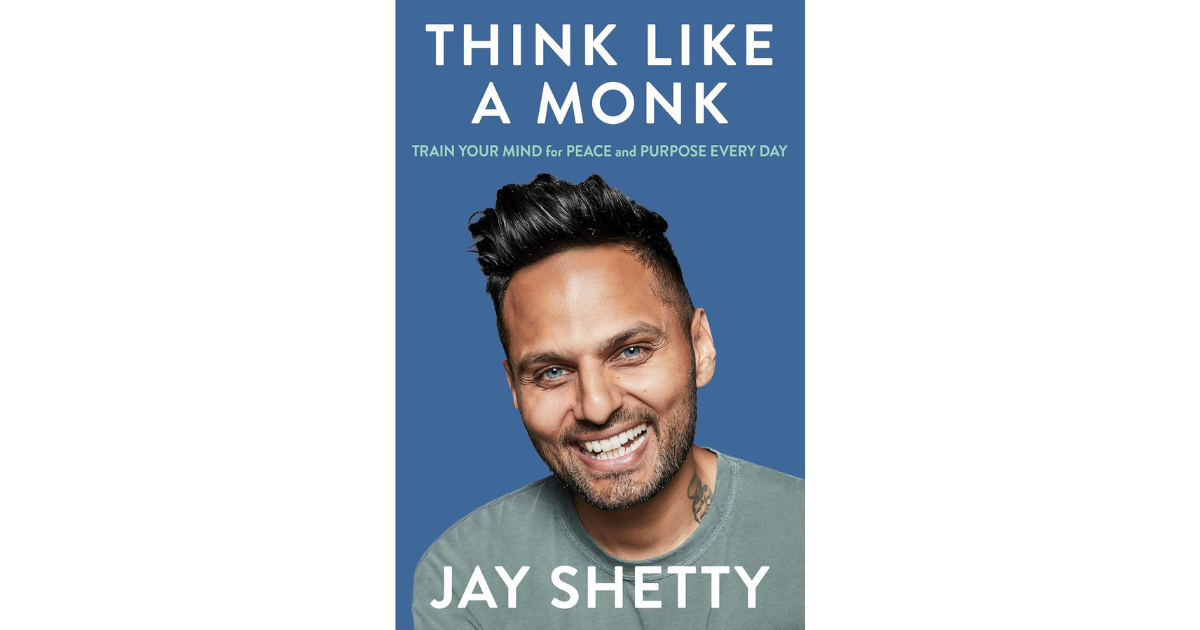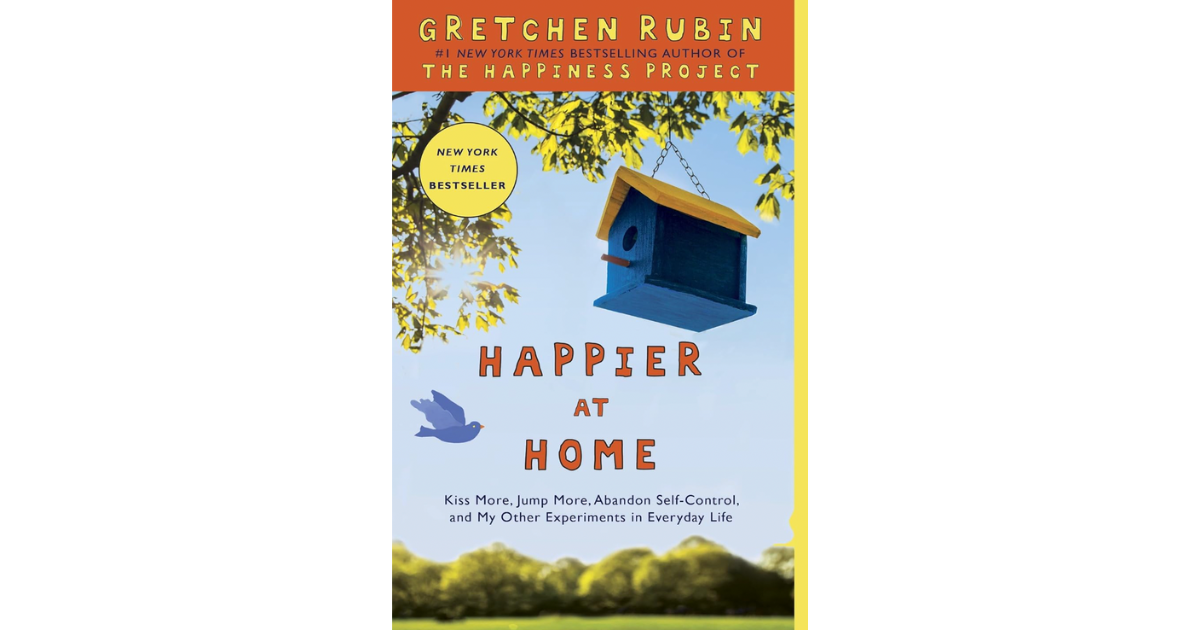Business Book Review: Limitless by Jim Kwik
If I could rate this book more than five stars, I would. I felt my brain light up in delight with the workout Kwik delivers.
My Rating: ★★★★★
Length: 344 pages
Publisher: Hay House
Released: 2020
Key Takeaways for Personal Branding
The journey that took Jim Kwik to Limitless is a remarkable one. Suffering a brain injury while in kindergarten, a teacher called him ‘the boy with the broken brain’. Enamoured by the companions he found in superhero comic books, he dreamed of unlocking his own superpowers. But, struggled with limiting beliefs and learning into early adulthood.
Then, on the brink of giving up on college, fate had him meet a mentor, his friend’s father. He shared his home library with Kwik and challenged him to read a book a week. This was a seemingly impossible task for Kwik, who could barely manage his studies’ required reading, let alone anything more. Yet, he achieved it and has continued it ever since.
He is now a world-renowned ‘personal trainer’ for the brain, best-selling author and podcast host. His work extends to a star-studded lineup of business leaders and Hollywood A-Listers.
Through his personal challenges and watching his beloved grandmother suffer from Alzheimer’s, Kwik became fascinated with the brain. He wasn’t focused just on learning, as we’re so often taught in schools, but rather on how to learn.
“Being limitless is not about being perfect. It’s about progressing beyond what you currently believe is possible.”
The Study of London Taxicab Drivers
University College London studied the brains of London’s taxicab drivers. Those who earn their licence are required to know a section of the city’s maze of 25,000 streets. These drivers had more grey matter in their posterior hippocampi (memory centres) than those of a similar age, education and intelligence who did not drive a cab. And the longer someone drove a cab, the larger this was.
The popular case for neuroplasticity never ceases to be compelling for championing the capabilities of your brain to be Limitless.
“Our brains have the capacity for neuroplasticity, which means that it can be changed and shaped by our actions and by our environments. Your brain is always changing and molding itself to your surroundings and to the demands you place on it.”
The Limitless Model
Kwik presents his three-part Limitless model:
Mindset (the What): Deeply held beliefs, attitudes and assumptions about yourself. This includes what you are capable of, deserve and what is possible.
Motivation (the Why): The purpose you have for taking action and the energy required.
Method (the How): The process of accomplishing something in an orderly, logical and systematic way.
The model is also underpinned by ideation, inspiration and implementation.
The Four Horsemen
Like the villains in his comic books, Kwik highlights today’s four villains for your brain’s Limitless potential:
Digital Deluge: The bombardment of online activity.
Digital Distraction: An always-on relationship with technology and lack of disconnected downtime.
Digital Dementia: The overuse and reliance on technology, resulting in the breakdown of cognitive abilities.
Digital Deduction: Letting technology and the opinions you follow online to think for you. Failing to form your own opinions.
The F.A.S.T.E.R. Model
Not only did Kwik overcome his learning challenges, but learned to do so with speed (also now having mastered speed reading). He shares his method for quick learning through his F.A.S.T.E.R model:
F - Forget: What you think you already know, what’s not urgent (and distracting you) and your limiting beliefs.
A - Act: On what you’ve learned. Knowledge is only power when combined with action.
S - State: Set up your psychological and physiological state for energy and success.
T - Teach: Share what you’ve learned with someone else. By doing this, you learn it twice.
E - Enter: Enter time for learning into your diary. What you schedule is more likely to get done.
R - Review: Much of what you learn is forgotten. Continue to revisit it in spaced repetition.
Your Second Brain
Perhaps what most distinguishes Kwik from his counterparts is his valiant championing of building your second brain - your gut.
Research shows, in the walls of your digestive system, lies your enteric nervous system. And it is lined with hundreds of millions of neurons, giving new life to ‘gut feeling’. So, if you're trusting your gut to think for you, then it needs the right fuel. Kwik’s discussion around food takes a holistic view of powering your brain. Kwik takes time to recommend brain food as well as his favourite recipes.
Flow State
While many books now detail the power of the ‘Flow State’ for your brain. Kwik’s elaboration is a welcomed insight. He shares Steven Kotler’s four stages:
Stage 1 - Struggle: Digging deep to access what’s needed for Flow. Like research or brainstorming, it feels like the opposite of Flow.
Stage 2 - Relaxation: Taking a break to relax before you dive into Flow. This might include breathing exercises or walking.
Stage 3 - Flow: You’re doing your best work, and it feels automatic.
Stage 4 - Consolidation: You’re pulling together everything you accomplished while in Flow.
Favourite Quotes
With a few simple changes to something like your environment, your food, or your exercise, you can dramatically change the way your brain functions.
Taking breaks, you create more beginnings and endings, and you retain far more of what you’re learning.
When you read any book, you have the opportunity to stretch the range of your mind, and it will never be the same.
When you teach something, you get to learn it twice: once on your own, and then again through educating another person.
Mindset is made up of beliefs, assumptions, and attitudes we hold about ourselves and the world around us. All behaviour is driven by belief, so before we address how to learn, we must first address the underlying beliefs we hold about what is possible.
Adding emotion makes something memorable. Information by itself is forgettable, but information combined with emotion becomes a long-term memory.
Reading is not so much a measure of intelligence as it is a skill and with any skill, it can be learned and improved.
Kwik’s personal story and ability to overcome his learning struggles are as inspiring as the knowledge he shares. Like the comic book geniuses he admires, Limitless is the story of a hero on a journey. A journey to leave no brain and its potential behind.
Limitless by Jim Kwik: Available on Amazon.




